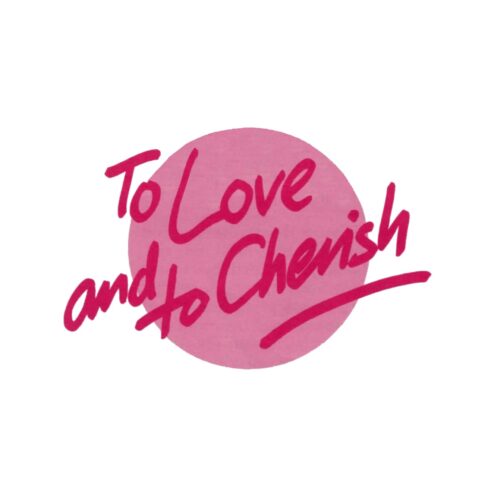

There are in Britain today a great many thoughtful people who have ideals and aspirations that owe nothing to religious affiliation, who want to enter into committed marital relationships with a public ceremony… For them, Jane Wynne Willson’s book is the perfect answer.
Claire Rayner, Introduction to To Love and to Cherish (1988)
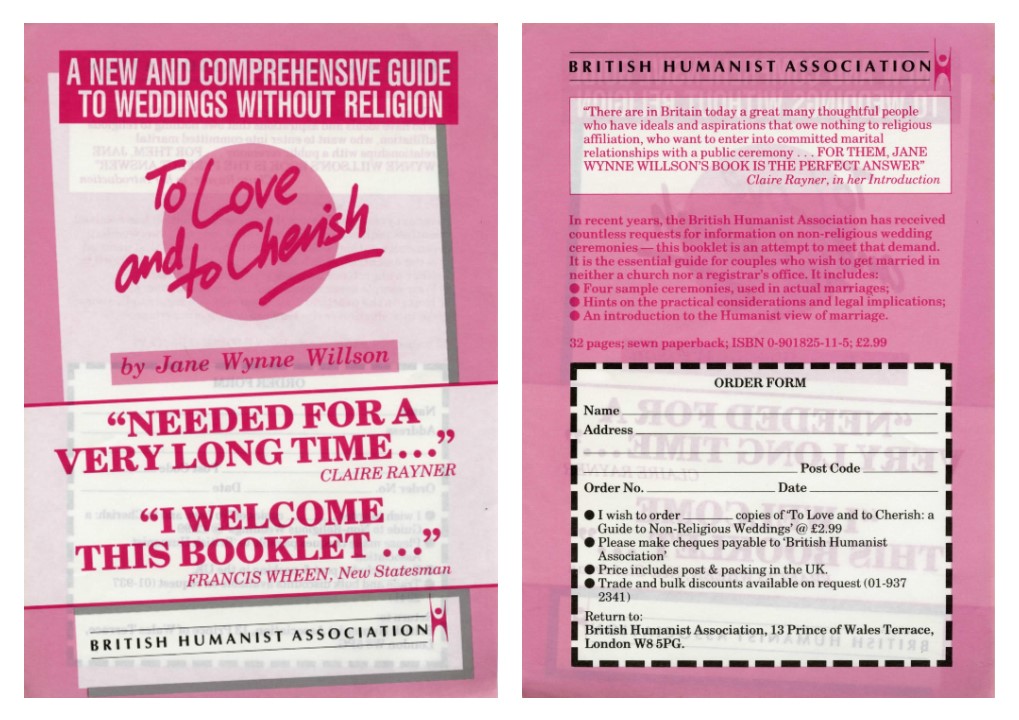
To Love and to Cherish was published on Valentine’s Day 1988, compiled by humanist celebrant Jane Wynne Willson. The 1980s and 1990s saw growing demand for humanist ceremonies, and the increasing professionalisation of the celebrant network.
Just a few months after To Love and to Cherish was published, the newsletter of the British Humanist Association (now Humanists UK), reported:
The demand for non-religious ceremonies is certainly on the increase. Following the publication on St. Valentine’s Day of our Guide to Non-Religious Weddings, To Love and To Cherish, the BHA office has been inundated with orders and enquiries.
The launch of the booklet attracted publicity in the national media, including women’s magazines. “We had a flood of calls”, Allan Shell, the BHA’s Director of Administration, told Humanist News. “There really is a huge demand. There are many people who want something more than a register office wedding but who would feel dishonest going through a church ceremony.”
PRACTICAL HELP
Until this year, most of the interest had focussed on non-religious funerals. “It may be less cheerful”, explained Allan, “but the service we offer is a real source of comfort and practical help to families who want to follow their relatives’ wishes. And many people take advantage of it.” The BHA published guidelines for officiants at non-religious funerals some years ago. Now To Love and To Cherish sets out suggested forms of words for non-religious weddings, explains the alternatives and offers practical hints on how to go about organising a non-religious ceremony. Such ceremonies are intended to be important public and personal events – but as yet they can have no legal status.
LEGAL HITCH
The legal position in England and Wales remains that if you want your wedding to be legally valid, your married state must be recorded either in a place of worship or the registrar’s office. Although some Unitarian ministers have told us they are happy to marry couples according to their own wishes, this is not the ideal solution. In countries such as Australia and the USA, marriages can be performed by people who are neither religious nor local officials – and non-religious wedding ceremonies, often outdoors or in attractive local buildings, are commonplace. Humanist weddings in Britain, however, often have to be accompanied by quick visits to the registrar’s office before the reception gets underway!
Humanist News, May 1988
Three years after To Love and to Cherish, a humanist wedding was featured in Humanism: The Great Human Detective Story – a short film produced by the British Humanist Association.
As of Valentine’s Day 2025, humanist marriages are yet to gain legal status in England and Wales.
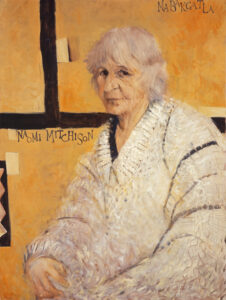
Good will, that curious product of consciousness, of leisure and energy to spare and share. That thing we put out […]
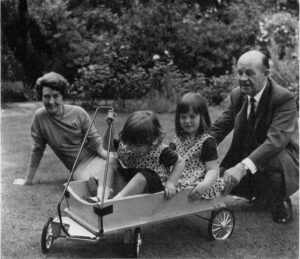
They weren’t just trying to sell something to parents, they were helping them to understand how to play with and […]
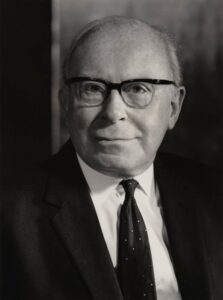
Elected to Parliament in 1949… and here I am! Where else could I be? The pages of the New Humanist […]
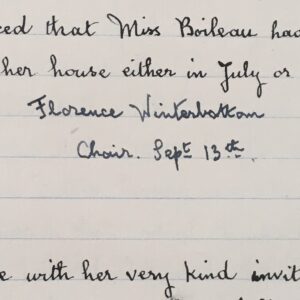
No one who came in contact with her failed to recognize in her fearlessness, honesty for the sake of honesty […]